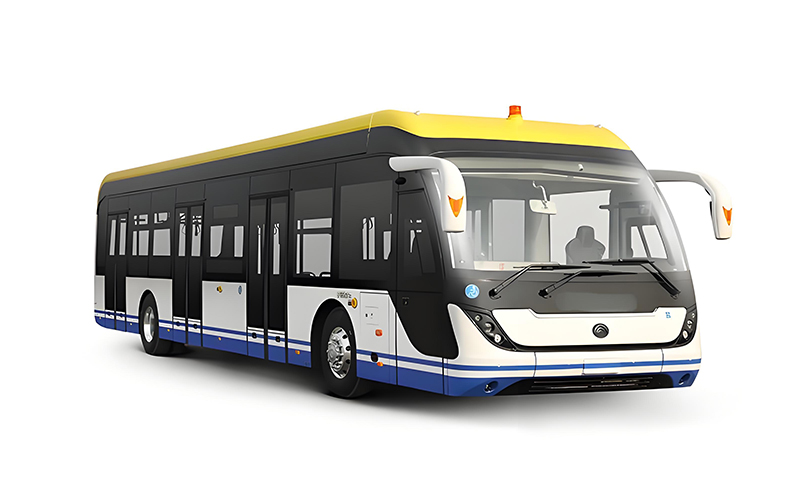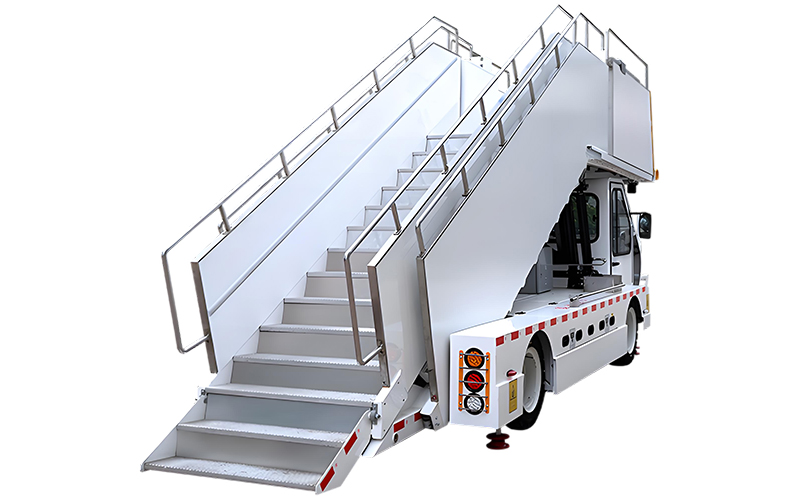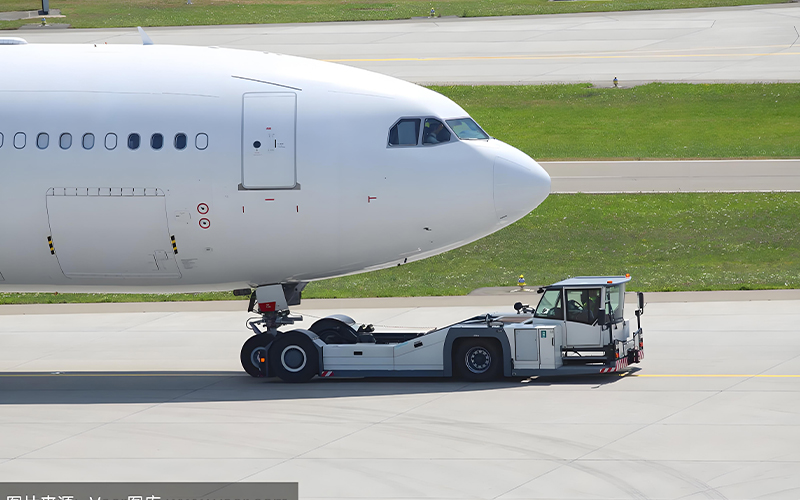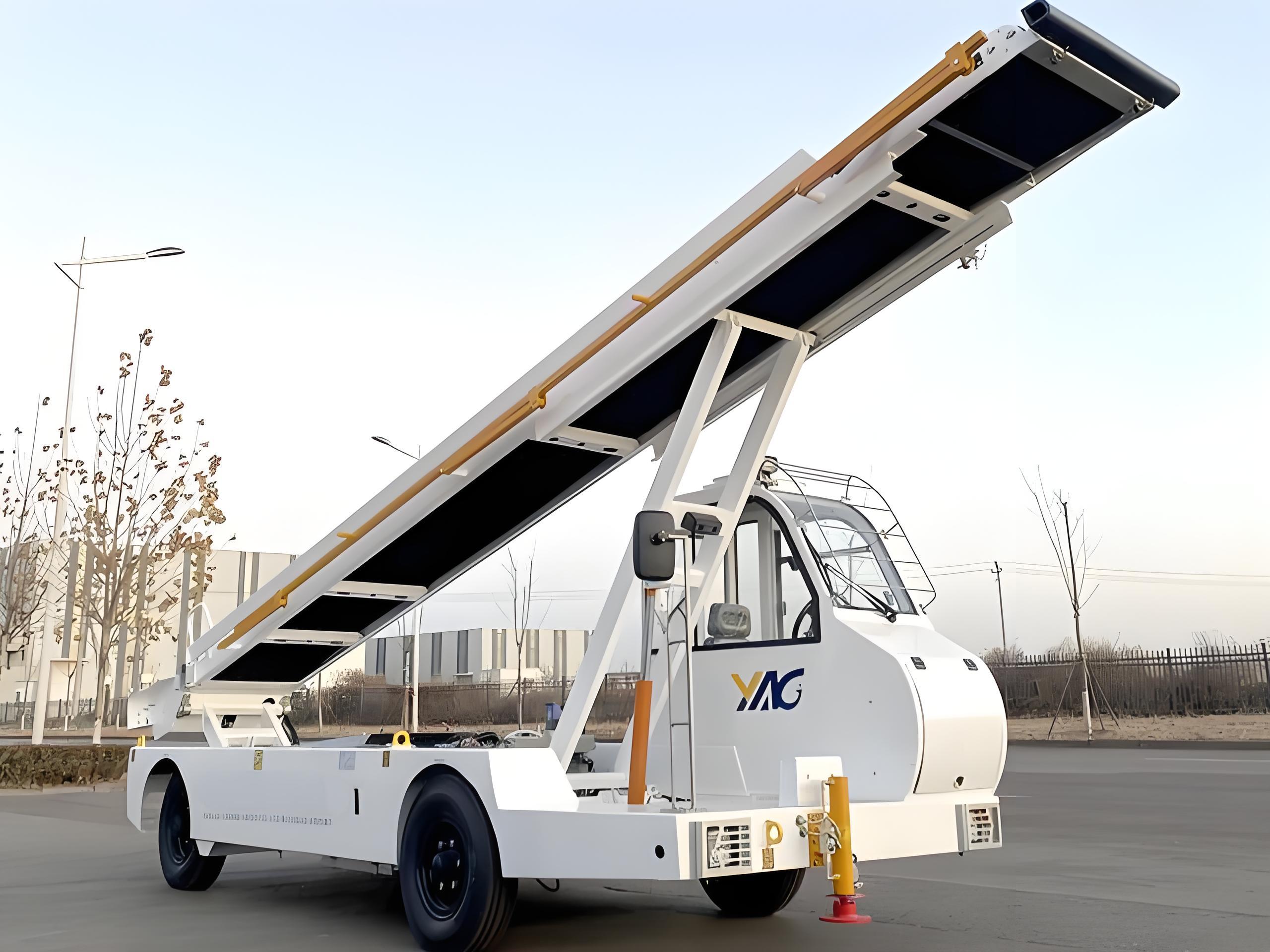Airport Ground Support Vehicles & Equipment
Airport ground support vehicles and equipment encompass more than 30 categories of special vehicles and dedicated equipment used in airport runways, aprons, emergency rescue, and other applications. These essential assets ensure smooth operations between flights, maintaining safety and efficiency in aviation operations. Interestingly, much like how backup power for home systems ensure uninterrupted electricity during outages, these vehicles provide critical support to prevent operational disruptions in air travel.
From passenger transportation to aircraft maintenance, each vehicle serves a unique purpose in the complex ecosystem of airport operations. Backup power for home solutions offer reliability during emergencies, and similarly, these ground support vehicles are designed to deliver consistent performance under demanding conditions. The diversity of these vehicles reflects the multifaceted nature of airport operations, where each component plays a vital role in the overall system.
This comprehensive guide explores the various types of ground support vehicles, their functionalities, and how modern advancements—including electrification—are transforming this essential sector. Just as backup power for home technology has evolved to be more efficient and environmentally friendly, airport ground support equipment is undergoing significant innovations to meet contemporary aviation needs.
Major Categories of Ground Support Vehicles
A comprehensive overview of the primary vehicle types used in airport operations
| Vehicle Type | Primary Function | Key Applications |
|---|---|---|
| Power Vehicles | Provide electrical power to aircraft | Maintenance, pre-flight preparation |
| Air Conditioning Vehicles | Regulate temperature in aircraft cabins | Pre-flight comfort, maintenance |
| Air Supply Vehicles | Provide compressed air for aircraft systems | Engine starting, system testing |
| Lifting Platform Vehicles | Provide elevated access to aircraft | Maintenance, loading operations |
| Baggage Transport Vehicles | Transport luggage between terminals and aircraft | Flight preparation, passenger services |
| Catering Vehicles | Load food and beverages onto aircraft | Pre-flight catering services |
| Passenger Stairs | Provide access for passengers to board/deplane | Passenger services, accessibility |
| Water Service Vehicles | Fill aircraft water tanks | Hygiene services, passenger comfort |
| Waste Removal Vehicles | Remove waste and sewage from aircraft | Sanitation, post-flight services |
| Tug Vehicles | Tow aircraft on the ground | Aircraft movement, positioning |
| Refueling Vehicles | Supply fuel to aircraft | Pre-flight refueling operations |
| De-icing Vehicles | Remove ice from aircraft surfaces | Winter operations, safety |
| Passenger Shuttles | Transport passengers between locations | Terminal-aircraft transfers |
Note: This table represents a selection of the over 30 categories of ground support vehicles. Each plays a critical role in maintaining airport operations, much like how backup power for home systems support residential continuity during power disruptions.
Electric Passenger Shuttle
The electric passenger shuttle (see Figure 1) is powered by pure electric energy and is primarily used to transport airport passengers between boarding gates and aircraft. This essential vehicle contributes to more sustainable airport operations while maintaining high levels of passenger comfort and safety.
Similar to how backup power for home systems store electricity for later use, these electric shuttles utilize advanced battery technology to store energy efficiently, ensuring reliable performance throughout their operational cycles. The shift to electric power in these vehicles aligns with global efforts to reduce carbon emissions in aviation.
The main components of this equipment include a chassis assembly, body assembly, control system, and accessories. These components work in harmony to provide smooth, quiet transportation—offering a significant improvement over traditional combustion-engine vehicles in terms of noise pollution and air quality around airport terminals.
Backup power for home systems require robust control mechanisms to ensure reliable operation, and similarly, electric passenger shuttles feature sophisticated control systems that manage power distribution, battery usage, and vehicle performance to maximize efficiency and safety.

Figure 1: Electric Passenger Shuttle - Providing sustainable transportation between airport facilities
Expanding Adoption of Electric Vehicles in Aviation
With the advancement of electric vehicle technology, airports worldwide are expanding the use of electric vehicles for cargo transportation and passenger conveyance. This transition not only reduces environmental impact but also lowers operational costs over time, similar to how backup power for home systems can reduce reliance on grid electricity and mitigate costs during peak pricing periods.
Cabin Service Vehicles
- Passenger stairs
- Shuttle buses
- Air conditioning vehicles
- Catering vehicles
- Water service vehicles
- Cleaning and waste removal vehicles
Cargo & Baggage Vehicles
- Cargo lifting platforms
- Baggage tractors
- Container loaders
- Baggage carts
- Freight transporters
Maintenance Vehicles
- Fueling vehicles
- Pipeline refuelers
- Lubricant加注 vehicles
- De-icing vehicles
- Aircraft cleaning vehicles
- Towing vehicles
The integration of electric vehicles into airport operations represents a significant step toward more sustainable aviation. These vehicles require sophisticated energy management systems similar to those found in backup power for home installations, ensuring reliable performance while optimizing energy usage. As battery technology continues to improve, we can expect even greater adoption of electric vehicles across all categories of ground support equipment.
Electric Passenger Boarding Stairs
Electric passenger boarding stairs (see Figure 2) are primarily used for transporting passengers to and from aircraft. These self-propelled airport ground support equipment are powered by pure electric energy, offering an environmentally friendly alternative to traditional diesel-powered units.
Much like backup power for home systems that need to adapt to varying household energy demands, these boarding stairs are designed to be versatile, accommodating all aircraft with door heights ranging from 2400mm to 5800mm. This flexibility makes them an essential piece of equipment in modern airports handling diverse fleets.
The electric design not only reduces emissions but also provides quieter operation, improving the working environment for ground crew and the passenger experience. Advanced battery systems ensure these units can operate through entire shifts without recharging, similar to how backup power for home systems are engineered to provide reliable energy during extended outages.

Figure 2: Electric Passenger Boarding Stairs - Facilitating safe passenger boarding and deplaning
Aircraft Tug
The aircraft tug (see Figure 3) is powered by pure electric energy and serves as essential ground support equipment for towing and pushing aircraft away from airport gates. These powerful vehicles are also used for rescue operations, towing, and moving aircraft to maintenance hangars when mechanical issues arise or maintenance is required.
The reliability of these tugs is paramount, as any failure could disrupt flight schedules and cause significant operational issues. This parallels the importance of backup power for home systems, which must perform flawlessly during critical situations to maintain essential household functions.
The main components of this equipment include the chassis, electric motor, battery system, transmission, drive shaft, front and rear axles, tire assembly, braking system, steering system, cab, and control system. Each component must work in perfect harmony to handle the immense weights involved in moving large aircraft.
The battery systems in these electric tugs represent some of the most advanced energy storage solutions in the ground support industry, offering high power density and rapid charging capabilities. This technology continues to evolve, much like backup power for home systems that are becoming more efficient and affordable with each new generation.

Figure 3: Aircraft Tug - Essential for moving aircraft safely on the ground
Bulk Cargo Loader
The bulk cargo loader (see Figure 4) is powered by pure electric energy and is primarily used to load and unload baggage, cargo, and mail into and out of aircraft holds. It also serves as specialized equipment for transferring goods between different height levels, making it versatile for various airport operations.
Efficient cargo handling is crucial for maintaining flight schedules, and these electric loaders provide reliable performance with lower operational costs compared to traditional models. Their energy efficiency is particularly valuable, much like how backup power for home systems help reduce overall energy expenses while providing security.
The main components include the frame, cab, front/rear axles, braking system, steering system, conveyor belt and支架, lifting system, electrical system, hydraulic system, and drive shaft. These components work together to provide precise control when positioning the loader and moving cargo, ensuring safety and efficiency.
The electric powertrain in these loaders delivers instant torque, allowing for precise movement and positioning—critical when working in close proximity to aircraft. The battery management systems optimize energy usage, extending operational time between charges, similar to how intelligent backup power for home systems maximize runtime during outages.

Figure 4: Bulk Cargo Loader - Streamlining baggage and cargo handling operations
Performance Comparison: Electric vs. Traditional Ground Support Vehicles
The transition to electric vehicles in airport operations offers numerous advantages. This chart compares key performance metrics between electric and traditional combustion-engine ground support vehicles, highlighting the benefits of electrification much like how backup power for home systems outperform traditional generators in certain aspects.
Note: Ratings are based on industry data and represent relative performance across categories (1-10 scale, higher is better). Electric vehicles show particular strength in environmental impact and operational costs, while traditional vehicles maintain advantages in certain refueling scenarios—though this gap continues to narrow with advancements in battery technology, similar to how backup power for home solutions are constantly improving.
Future Trends in Airport Ground Support Vehicles
The airport ground support equipment industry is undergoing significant transformation, driven by advancements in electric vehicle technology, automation, and sustainability initiatives. These trends are reshaping how airports operate, much like how backup power for home technology is evolving to meet changing energy needs and environmental concerns.
Key Developments on the Horizon
-
Advanced Battery Technologies
Next-generation batteries with higher energy density and faster charging capabilities will extend vehicle range and reduce downtime, paralleling improvements in backup power for home systems.
-
Autonomous Operations
Self-driving ground support vehicles will enhance operational efficiency and safety, with applications in baggage transport, aircraft towing, and cargo handling.
-
Renewable Energy Integration
Airports will increasingly power electric ground support vehicles using solar and wind energy, creating fully sustainable operational cycles similar to how backup power for home systems can integrate with renewable sources.
-
Smart Fleet Management
AI-powered systems will optimize vehicle deployment, maintenance schedules, and energy usage, maximizing efficiency across entire ground support fleets.
These innovations promise to make airport operations more efficient, sustainable, and cost-effective. As electric vehicles become more prevalent, the infrastructure supporting them—including charging stations and energy management systems—will continue to develop, much like how the infrastructure for backup power for home solutions has expanded to meet growing demand.
Conclusion
Airport ground support vehicles represent a critical component of aviation infrastructure, enabling safe, efficient, and sustainable airport operations. The ongoing shift toward electric vehicles in this sector reflects broader industry trends toward sustainability and technological advancement, offering benefits in terms of reduced emissions, lower operational costs, and improved working conditions.
From passenger shuttles to cargo loaders, each vehicle type plays a specialized role in maintaining the complex ecosystem of airport operations. As technology continues to evolve, we can expect further innovations that will enhance efficiency, safety, and environmental performance across all categories of ground support equipment, much like how backup power for home technology continues to advance to meet changing needs.
The integration of electric vehicles into airport operations also highlights the importance of robust energy management systems—paralleling the development of sophisticated backup power for home solutions that ensure reliability and efficiency. As airports around the world continue to modernize their ground support fleets, these advancements will contribute to a more sustainable future for aviation.
Learn more